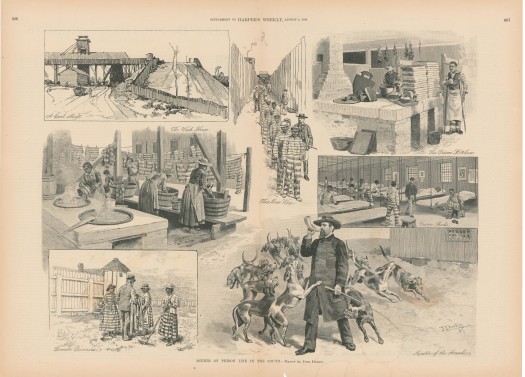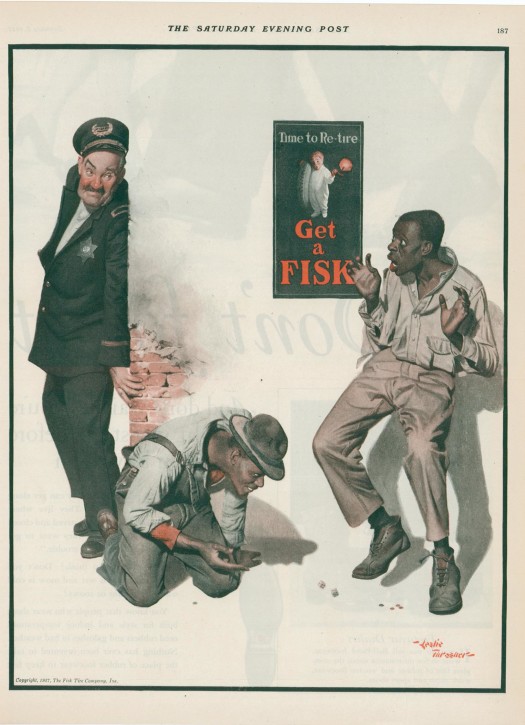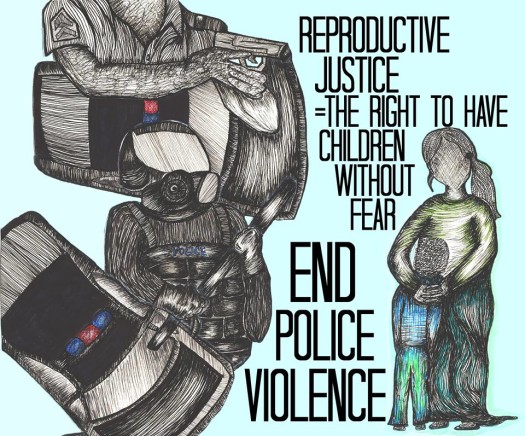It’s the one year anniversary of We Charge Genocide (WCG) and there is so much to say about this year. We celebrated our accomplishments together on Saturday. It was a moving and beautiful afternoon/evening that was capped off by several of us flying kites.
L.A. based artist Amitis Motevalli was in Chicago this weekend as part of the Rapid Pulse International Performance Art Festival to fly 23 kites representing people killed by law enforcement within one year in the state of Illinois. Through collaboration with organizers, artists and journalists, Amitis documented people killed in Illinois by law enforcement over a one year span from May 2014 until this weekend. Their faces and names were stenciled on kites. On Saturday, those kites were flown at Homan Square Park overlooking Homan Square Police Buildings.
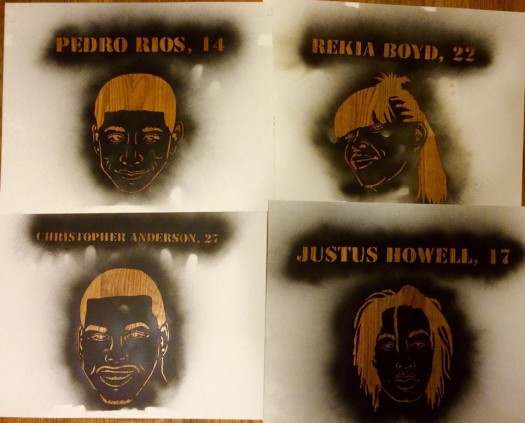
photo by Amitis Motevalli
Those who attended the performance at Homan Square park flew “one kite with a portrait of each person killed to reflect on the life beyond state violence and the life each of these people lived, rather than the way they were killed.” The performance, “Flying Moons” is from an ongoing series of Amitis titled “This is How the Moon Died,” taken from the last sentence of Mahmoud Darwish’s poem “Victim Number Forty Eight”, about the repercussions of the killing of a young Palestinian man by Israeli police.
Most of We Charge Genocide’s (WCG) work this year has focused on honoring and fighting for our dead. Yet, we’ve reminded ourselves of life too. We’ve stressed how our loved ones lived. This was a major part of last month’s #DamoDay celebration. I was struck yesterday by Ta-Nehisi Coates’s words about Kalief Browder’s suicide:
“Browder was not “the blacks.” He was his mother and father’s child—an individual. And yet for reasons as old as America, he was not treated like one.”
Indeed, we must guard against crunching the victims of state violence into mere numbers: statistics to be tallied. These are individuals. We have to preserve their humanity as we mourn their deaths. We invited Amitis to join us on the Southside after her event at Homan Square Park ended. She graciously accepted and at our WCG celebration, she shared her motivation for creating the kites and the performance.
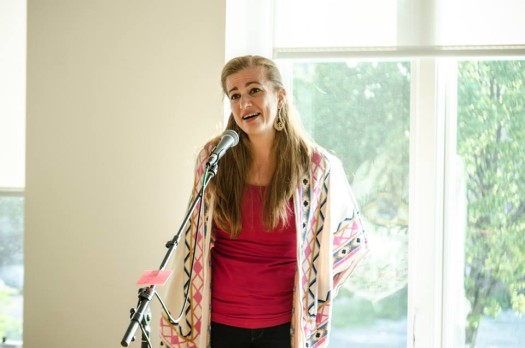
Amitis sharing with us (photo by Sarah Jane Rhee, 6/6/15)
As we wrapped up our celebration, several of us went outside to fly kites. One of them depicted Dominique “Damo” Franklin Jr who is the reason that WCG formed in the first place. It felt as though we had come full circle. There was such beauty in seeing the kites in the air. We laughed raucously as we flew them. It was a cathartic experience. We were literally lifting up the names of our dead. We were remembering their lives together. It’s an experience that I will never forget.
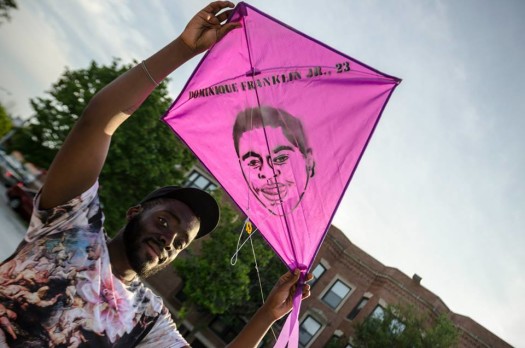
photo by Sarah Jane Rhee (6/6/15)
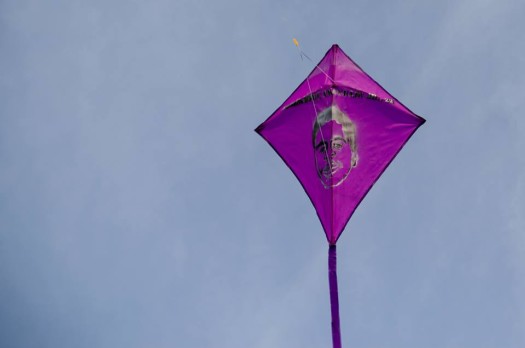
photo by Sarah Jane Rhee (6/6/15)
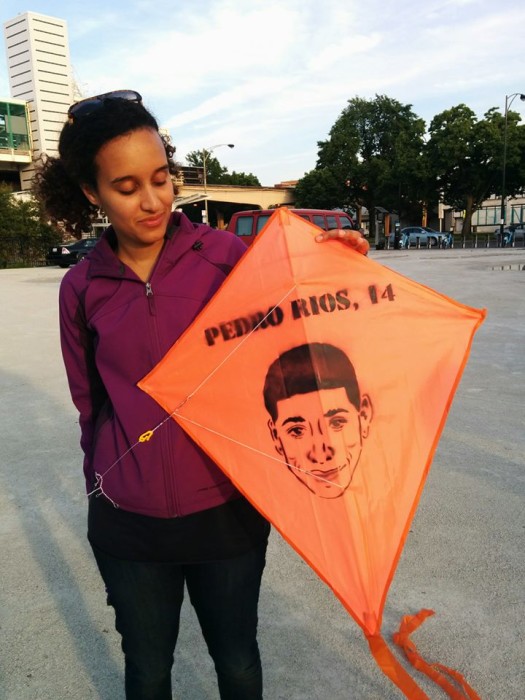
photo by Kelly Hayes (6/6/15)
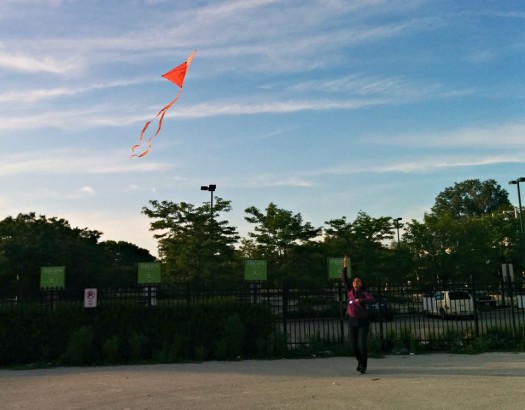
photo by Kelly Hayes (6/6/15)
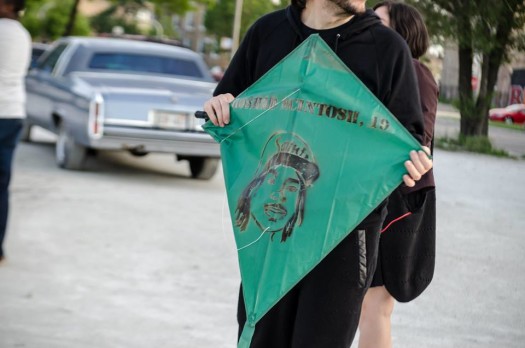
photo by Sarah Jane Rhee (6/6/15)
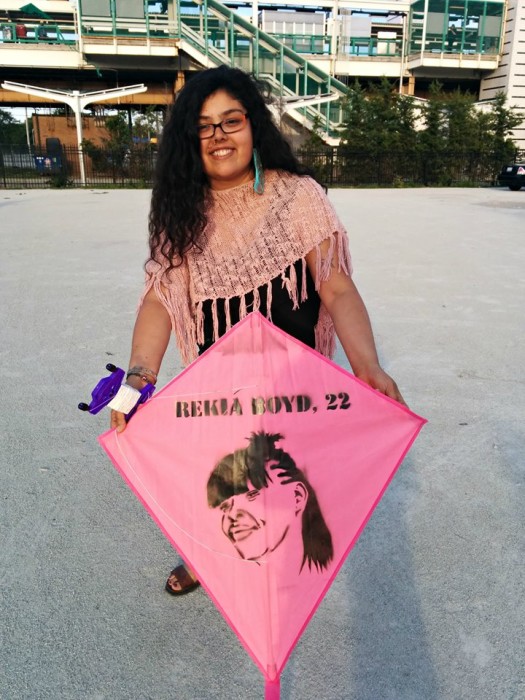
photo by Kelly Hayes (6/6/15)
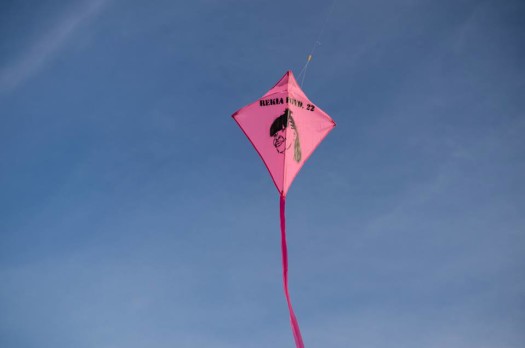
photo by Sarah Jane Rhee (6/6/15)
Names of those remembered through the kites:
3-21-12, Rekia Boyd, 22, Chicago
5-20-14, Dominique Franklin Jr., 23, Chicago
7-4-14, Pedro Rios, 14, Chicago
7-5-14, Warren Robinson, 16, Chicago
7-9-14, Steven Minch, 45, Granite City
7-28-14, Steven Isby, 53, Chicago
7-29-14, Josh Edwards, 25, Pana
8-18-14, Joshua Paul, 31, Carpentersville
8-19-14, Darius Cole Garrit, 21, Chicago
8-24-14, Desean Pittman, 17, Chicago
8-24-14, Roshad McIntosh, 19, Chicago
9-13-14, Fredi Morales, 20, Wheeling
10-20-14, Laquan McDonald, 17, Chicago
10-25-14, Craig Hall, 29, Maywood
11-3-14, Christopher Anderson, 27,Highland Park
12-7-14, “unknown”, in his 20s, Chicago
12-26-14, Terrence Gilbert, 25, Chicago
1-7-15, Joseph Caffarello, 31, Rosemont
1-11-15, Tommy Smith, 39, Arcola
3-2-15, Shaquille Barrow, 20, Joliet
4-2-15, Darrin Langford, 32, Rock Island
4-4-15, Justus Howell, 17, Zion
4-13-15, Isaac Jiminez, 27, Alton
